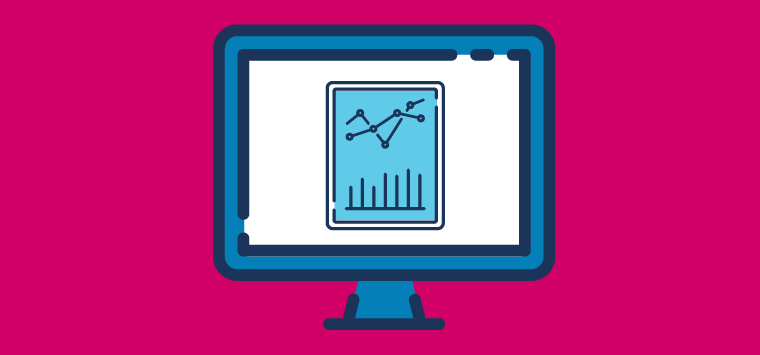Reporting During and After COVID-19
Reporting requirements and transparency are changing, with more to come as this crisis moves toward long-term management.
Right now, cleaning and security contractors are seeing huge shifts in demand. Increases are happening in healthcare, construction and government, while at the same time, dramatic decreases are happening in retail, education, transportation and other non-essential services. In an earlier blog post, we covered how flexibility and tools can help security and cleaning contractors rapidly respond to these shifts. But how have the expectations of your still-operational customers changed? And what does this look like when the currently shuttered industries reopen?
Changing Expectations
Reporting is not new — proof of service reporting for guard tours, cleaning tasks, staff and quality inspections and incident reporting are already ubiquitous across many property types. The difference now is the degree to which reporting and outcomes are monitored and the consequences for getting it wrong.
A recent government Request for Proposal shared by one of our valued customers included an appendix specifying requirements for cleaners in response to COVID-19. It outlined specific Personal Protective Equipment (PPE) requirements, commercial cleanser specifications, cleaning requirements and inspections. Most importantly, it specified how vendors have to prove compliance to these requirements, including compliance certification, daily task reporting and additional inspections to be performed by the customers. Companies can stand out from their competition in how they track their compliance to requirements and provide transparent reporting to their customers
The Recovery
With wide-spread shelter-in-place orders, unemployment at record highs and no guarantee of the end of this pandemic, it’s difficult to imagine what life will look like after the crisis. When will non-essential businesses open their doors? Which industries will survive? When will we feel comfortable traveling again? How long will it take for the global economy to bounce back?
The recovery won’t be immediate. It will be a slow relaxing of restrictions and easing in. Tracking and maintaining those restrictions and restoring public confidence will be key to businesses’ success. And cleaning and security contractors will be at the frontline of that restoration. In the short-term, but possible irrevocably, reporting requirements will increase as customers and end-consumers demand transparency and confidence in safe spaces. And what might have previously been seen as optional overhead or administrative costs, will become mandatory.
Here are some of the anticipated reporting requirements we expect in the recovery:
- Automated alerts for service failures (i.e. for missed patrols or cleaning tasks)
- Instant notifications for issue reporting
- Proof of issue resolution
- Customer portals — real-time access to onsite data
- Increased demand for analytics and KPIs measuring service rates
Whether you’ve increased your staff to respond to the new demands of the crisis or have reduced operations as you weather the downturn, now is the time to start working on your recovery plan. As operations scale back, what additional reporting are you putting in place to provide your customers confidence? Can you manage new reporting requirements without drastically increasing overhead? And as reporting becomes mandatory, how do you differentiate?
Read the rest of the posts in our COVID-19 blog series:
- Essential Tools for Essential Services
- Five Essential COVID-19 Forms for Cleaning Contractors to Use Right Now
- Six Essential COVID-19 Forms for Security Contractors to Use Right Now
- Mobile Tools for Essential Services like Cleaning and Security
- Three Tips for Engaging your Workforce Through Technology
- The Essentials of COVID-19 Paid Leave Changes for Your Workforce
- Why Technology for Cleaning and Security Contractors Matters Now
